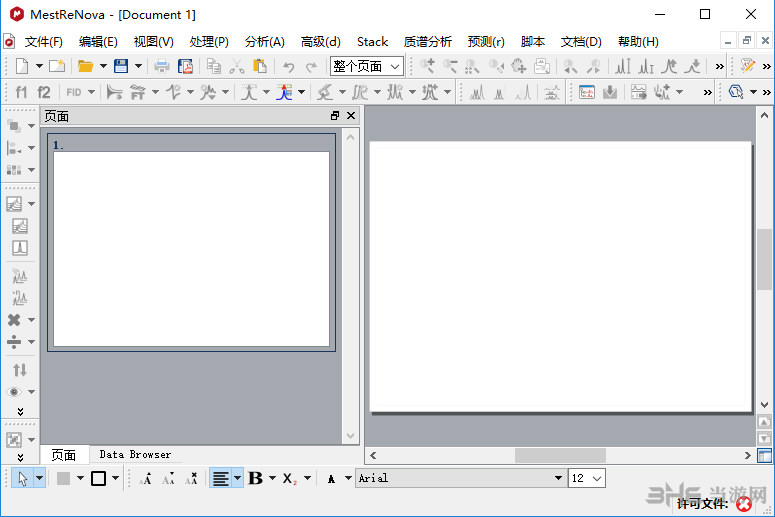

hypothesized that a reduced number of nephrons increases the risk of hypertension and thereby is a risk factor for the development of chronic kidney disease 4. For example, the changes in the number and size of glomeruli (a tuft of capillaries) have been associated with a number of kidney and systemic diseases 2, 3. Our approach facilitates the development of automatic image processing and the quantitative analysis to study vascular and kidney diseases.Ĭhanges in vascularization and vascular dysfunction have been associated with many diseases, including cardiovascular and kidney disease, making this an area of intense interest 1. glomeruli in kidneys, with an extremely high resolution. Finally, we have demonstrated that the new NIR fluorescent agent in combination with confocal or light-sheet microscopy can be efficiently used for visualization of vascular structures, such as the blood vessels in different organs e.g. Using this approach, the time interval between organ harvesting and microscopic analysis can be reduced from day(s) or weeks to 4 hours. Furthermore, we refined the process of organ staining and harvesting by retrograde perfusion and optimized the subsequent dehydration and clearing process by the use of an automatic tissue processor and a non-toxic substance, ethyl-cinnamate. A cationic near infrared (NIR) fluorescent dye was developed with attractive features to specifically stain blood vessels. Here, we present a new method for visualizing vascular structures in different organs in an efficient manner. Both techniques are not only expensive but also time-consuming. This task has been approached by using traditional methodologies such as microscopic computed tomography and magnetic resonance imaging. Basics on Arrayed-NMR Data Analysis (Part II): Pra.Understanding vascular structures and dysfunction is a fundamental challenge.Basics on Arrayed-NMR Data Analysis (Part III): Ex.Basics on Arrayed-NMR Data Analysis (Part IV).Use SHIFT + Mouse Wheel to navigate throughout all the spectra in the stack, one after the other.Just click on the spectrum you want to be active.The question is: how can we change the active spectrum? There are 3 different ways: So if that option is off, any processing operation will be applied only to the active spectrum in the stack. In order to do that, it i’s necessary to deactivate the ‘Apply Processing to All spectra in Stack’ option. However, it i’s possible that some particular spectra require a slightly different processing, independently from the others. For example, same level of zero filling, same apodization function, same FT type, same phase correction, etc. The concept of active spectrum is easier to illustrate with the following example: as I wrote in my previous post, in general all the spectra in an arrayed item are processed exactly with the same processing operations.


 0 kommentar(er)
0 kommentar(er)
